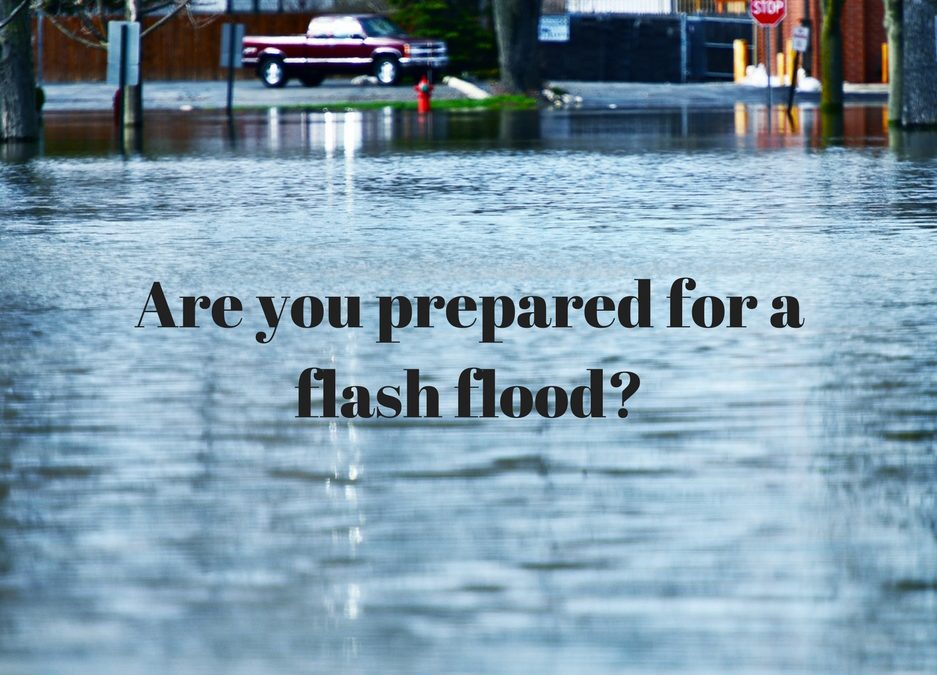
In order to mitigate the damages caused by a flood during the monsoon season, The National Disaster Management Authority (NDMA) has recently held the biggest Mock exercise on floods in collaboration with the Uttar Pradesh State Disaster Management Authority (UPSDMA) and the Uttar Pradesh Government.
The simulation of such an exercise was based on Early Warning provided by the India Meteorological Department, the Central Water Commission and the National Remote Sensing Centre. It was conducted in 39 flood prone districts of Uttar Pradesh simultaneously.
The principle upon which the mock exercise was conducted was formulated by the Incident Response System (IRS), which clearly points out and attributes roles and responsibilities to all the stakeholders. Major General V.K. Datta (Retd.), led the operations and said, “Incorporating principles of IRS in mock exercises helps in achieving multiagency coordination under a unified command. It strengthens the capacity and response mechanisms of the local administrations.”
When the trigger of the imminent flood was given by the State Emergency Operation Centre (SEOC), all the District EOCs were activated. Based on the situational report, rescue teams under Incident Commanders were formed and sent to the respective locations. In order to evacuate the affected areas, Boats and Helicopters were used, with the help of which the residents were transported to the relief camps. The relief camps were facilitated with preliminary first aid, drinking water and other necessities were made available at these camps for the evacuated people. The Mock exercise also saw the restoration of essential services, viz. water, electricity, sanitation, schools, etc., after the simulated floods situation.
During this exercise, the landlines and mobile phones were depicted as inoperative and the entire exercise was controlled by wireless and satellite phones.
The Mock exercise was concluded by a debriefing session which was carried out by NDMA in which the officials, who participated in the exercise, pointed out the challenges faced by them. Independent observers also shared their feedback and suggested ways to further streamline response mechanisms.
This exercise was preceded by an orientation-cum-coordination on July 10, which was followed by a tabletop exercise on July 17 through videoconferencing with all participating districts from the State Capital. These preparatory meetings were conducted to ensure the smooth facilitation of the exercise.
Different stakeholder agencies such as the Army, the Air Force, Central Armed Police Forces (CAPFs), National Disaster Response Force, State Disaster Response Force, District Administration, Fire Fighting department, and Civil Defence and Home Guards participated in the exercise.
” Step-by-step analysis of the entire exercise is essential to identify the gaps and figuring out ways to improve our response,” said Lt. Gen. N. C. Marwah (Retd.), Member, NDMA. He also said that similar mock exercises in the future would also help to improve awareness among local communities.
This Exercise is a part of a series of mock exercises that are being conducted under the Centre’s 100-day Action Plan on disaster preparedness. Prior to this, an exercise for Amarnath ¬Yatra and earthquake preparedness exercises in Delhi-NCR and Himachal Pradesh were conducted. These exercises culminate into a Humanitarian Assistance and Disaster Relief (HADR) exercise in Tamil Nadu in August.


